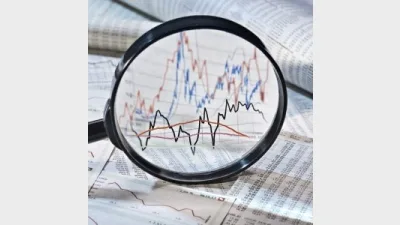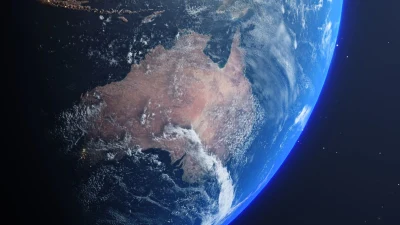Pandemic volatility spikes exceeded GFC



Intra-day volatility on the ASX 200 during the COVID-19 pandemic was greater than during the Global Financial Crisis (GFC), according to Allan Gray.
During March, there were nine trading days with volatility above 10%, seven of which were consecutive compared to four days in total during the GFC.
Volatility exceeded the GFC between 2007-2009, Black Monday in 2011 and the victory of Donald Trump in 2015.
The Cboe Volatility ‘VIX’ index, which tracked 30-day implied volatility of the S&P 500 and indicates fear in the market, peaked at 85.4 on 13 March, its highest level on record.
In contrast, levels during October 2009 after the crash of Lehman Brothers averaged 64.
Simon Mawhinney, chief investment officer at Allan Gray, said: “Increased uncertainty, fear, forced and panic selling, as well as reduced liquidity, are all contributing factors and all measures show a recent spike in, and currently elevated levels of, volatility.
“Despite having fallen from its peaks, the COVID-19 volatility remains about twice the average.”
However, he said, extreme volatility could present buying opportunities for investors with a long-term time horizon.
“Volatility is your friend when investing for the long term; extreme fluctuations in price present excellent long-term buying opportunities,” he said.
Intra-day volatility of the ASX 200 since 1 January, 2000
Recommended for you
A new funds distribution business has launched in Australia, seeking to bring institutional offerings to the wholesale market and led by co-founder of Jamieson Coote Bonds.
Higher interest rates could be on the cards for 2026 after monthly CPI inflation for October showed an increase of 3.8 per cent.
Global actively managed ETF assets hit a record high in October, according to independent research and consultancy firm ETFGI, breaking the record set the previous month.
Federation Asset Management has appointed an investment director and head of responsible investments to support ESG integration strategy across the firm.











